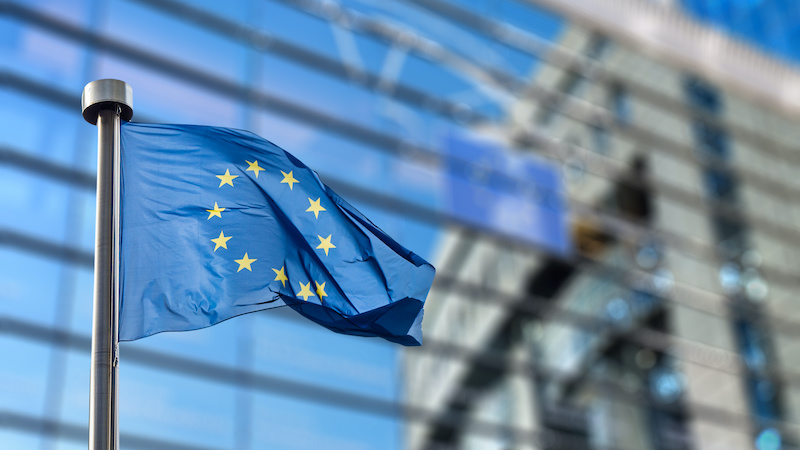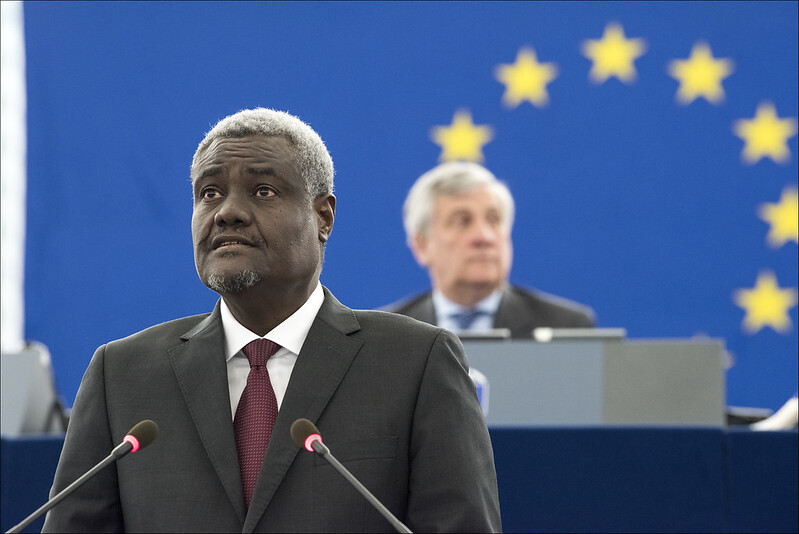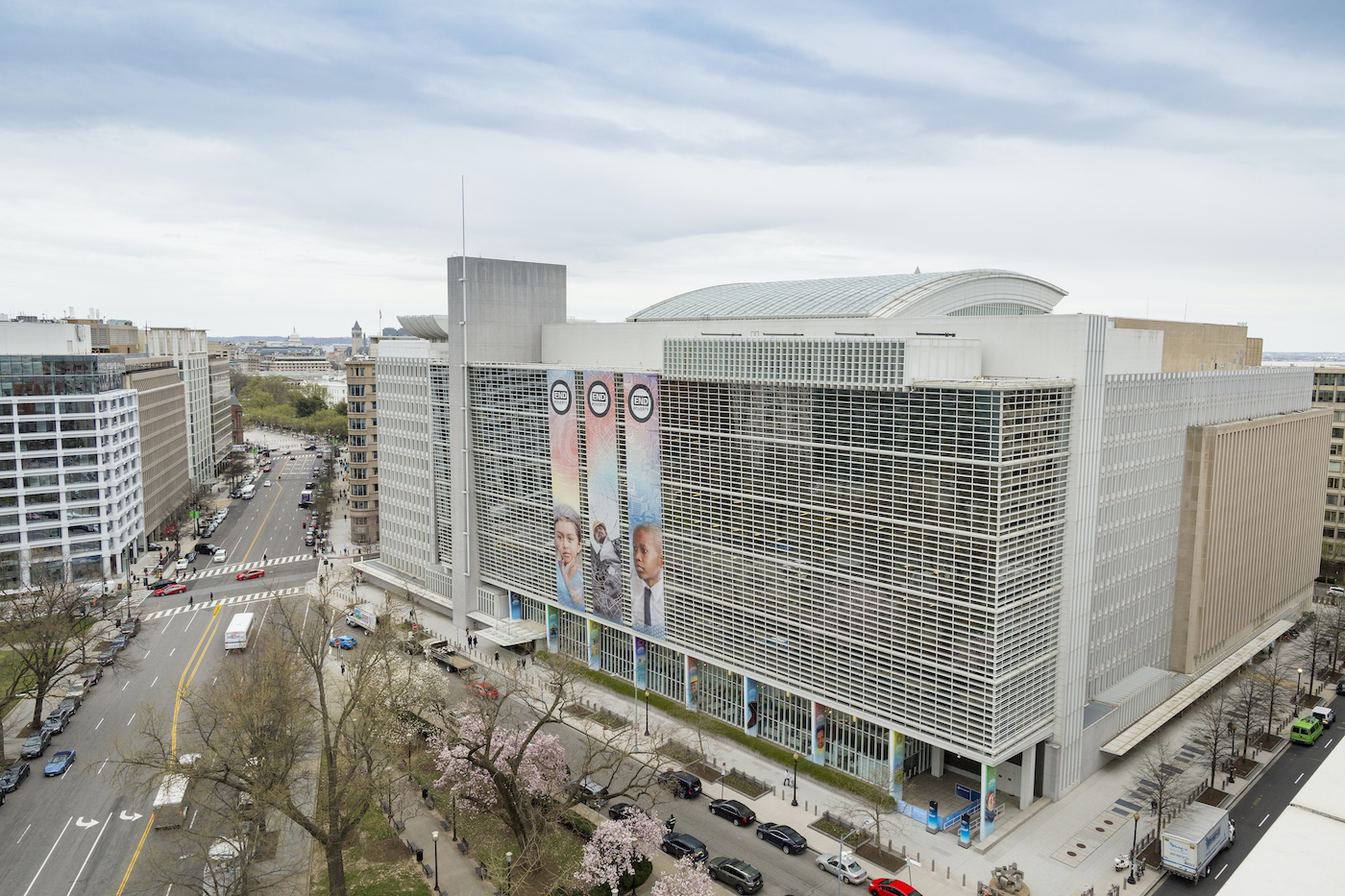Recommended
The eighth Forum on China Africa Cooperation (FOCAC) drew to a close last week in Dakar. The big takeaway this year is a noticeable shift in China’s approach to Africa—from hard cash for infrastructure, to soft cooperation on trade and human capital.
Although China halved public lending pledges to Africa compared to those made at the last Summit, held in 2018, it pledged to provide 1bn COVID-19 vaccines as additional to its financial commitments. This is set to exceed both US and European Union (EU) vaccine efforts on the continent. In addition, there are indications China envisages a new role for itself in tackling climate change, with plans for convening a new high-level summit on climate cooperation with Africa.
Ironically, this comes just as the EU has finally responded with its own infrastructure and connectivity initiative, directly targeted at countering China. The launch of the EU's $340bn Global Gateway last week, right on the heels of FOCAC, has been positioned as Europe’s counteroffer to China’s Belt and Road Initiative (BRI). With preparations well-underway for the long postponed EU-Africa summit, what should the EU make of this FOCAC?
FOCAC by the numbers: is the great Chinese funding bonanza over?
There were sky-high expectations for what new financial commitments might be made at FOCAC 2021, and not without reason. The size of China’s new pledges at least doubled at every FOCAC between 2006 and 2015, eventually settling at a whopping $60 billion in 2018. This year’s headline figure—a sizeable $40 billion—marks the first time that China is pledging less than at the previous FOCAC event.
A closer look at the composition of the financial package is especially revealing of China’s increased reliance on new sources of finance. The overall $40bn is divided into four equal chunks. Like the 2018 pledge, $10bn is expected to come via investments from Chinese companies. $10 billion will be extended towards African exporters in the form of buyers’ credits, a doubling of the $5bn pledged in 2018. For the first time, China has also included the reallocation of its Special Drawing Rights (SDRs) as part of FOCAC commitments, dedicating $10bn of its $40bn allocation at the IMF towards Africa. And $10 billion will made up of credit lines reserved for African International Financial Institutions although this amounts to half of the lending commitments made in 2018.
This decline demonstrates a trend already well-noted by others—a downturn in China’s willingness to use state-backed loans to finance its global ambitions. There has also been a notable lack of any new commitments of “aid-like” resources, such as grants or interest-free and concessional loans. The omission caused enough of a stir for China’s top Africa diplomat to take to Twitter over the weekend, belatedly clarifying that China’s concessional development finance to Africa will not simply disappear, and hinting that “innovative ways of financing will be explored” in the future. Still, the lack of any concrete budget assigned at FOCAC towards concessional lending—the traditional backbone of Chinese investments into connectivity infrastructure—casts doubt over China’s future role as the financier of Africa’s ports and roads.
Chinese public opinion may well have deterred Beijing from any overly generous announcements, having already been burnt by previous domestic controversies. The reduction in lending this this year may also be driven by hesitation from African countries to take on more debt in the face of a likely post-pandemic economic slowdown, and difficulty with servicing existing obligations. But there are strong indications that lower volumes of Chinese state-backed finance will constitute a “new normal”. Increased reliance on commercial sources to finance China’s global engagements is a trend that extends beyond just Africa. This “next phase of the BRI may be underpinned by commercial funding for joint ventures and geared towards building industrial capacity for exports, rather than by the infrastructure mega-projects witnessed in the past decade.
Ambitious pledge on vaccines and new projects are additional
While the financial pledge made at FOCAC 2021 was lower than in previous years, other ambitious announcements were made, which are not included in the $40bn announcement and will likely be funded concessionally.
Firstly, China’s massive 1 billion COVID-19 vaccines pledge—which is not accounted for in the $40bn headline figure—includes a donation of 600 million doses, with another 400 million to be co-manufactured with African countries. While cost-estimations per dose can vary widely, if we take the existing range of Chinese vaccine prices (from $10 in Cambodia to upwards of $30 per dose in Kazakhstan or Hungary), the 600 million donations alone could add anywhere between $6 to $20 billion to the tally. In terms of scale, China’s pledge to Africa does not merely rival the European and American pledges of 500 million and 1.1 billion doses worldwide respectively—it blows them out of the water.
Secondly, Xi Jinping’s keynote speech announced at least 80 new projects (10 under each of the cooperation headings listed in Table 1 below, excluding people-to-people exchanges). Though their exact financial scale is unclear, it is highly likely that at least some will be financed through grants, further topping up the $40bn figure.
Infrastructure gives way to announcements on human capital, trade and climate
FOCAC 2021 also marks a shift in China’s priorities. One of the clearest indications of this comes from President Xi’s keynote speech, which did not include infrastructure investment as one of the key cooperation headings as it had in previous years. New areas such as digital innovation were introduced, and greater prominence was given to agricultural development and trade.
Table 1. Comparison of Cooperation Headings Listed in Xi’s Keynote Speeches at FOCAC
| FOCAC 2018 | Both | FOCAC 2021 |
|---|---|---|
| Infrastructure connectivity | Health | Poverty reduction and agricultural development |
| Industrial promotion | Trade facilitation and promotion | Investment promotion |
| Green development | Digital innovation | |
| Capacity building | ||
| People-to-people exchanges | ||
| Peace and security |
Sources: 2018 and 2021
Infrastructure also had a lower profile in the Dakar Action Plan, which mentions infrastructure just 25 times; far less frequently than trade, agriculture, or health. The plan features vastly expanded details of initiatives in human capital formation and governance. Tangible projects are peppered throughout, with a level of practical detail rarely seen in Europe’s forward-looking announcements on cooperation with Africa. What’s more, Africa’s voice comes through clearly. As others have pointed out, there are more references than ever before to the African Union’s own priorities, as set out in its flagship projects and 10-year frameworks under Agenda 2063. Just a tiny portion of notable project examples includes: expanded vocational training via “Luban workshops”, agro-tech demonstration zones, new research centers for road engineering and legal research, and expanded trainings for government officials in tax collection.
In addition, two new targets were set to match the increased ambitions for trade and human capital. China—already Africa’s single largest bilateral trading partner—plans to reach $300bn in African imports over the next three years. However, while annual imports from Africa slumped to $73bn at the end of 2020, $100bn per year would only represent a return to levels previously seen in 2013 (according to China’s own statistics, compiled by Bloomberg). This would still substantially trail the joint value of the EU’s imports, worth $136bn in 2019. Meanwhile, on human capital, China has pledged to create at least 800,000 local jobs. The country had previously come under fire for only using imported labor in its state-financed construction projects —claims which have generally been discredited (for example, a 2017 McKinsey report found that 89 percent of employees are African). Using China’s own statistics, if 80 percent of hires are local and there are 183,000 Chinese construction and factory workers in Africa, Chinese enterprises are already employing over 730,000 Africans—that’s only 70,000 jobs short of the set target.
One of the biggest innovations of this FOCAC was the China-Africa Declaration on Climate Change Cooperation, with an expansion in scope of “green development” cooperation activities covering both climate adaptation and mitigation. In fact, beyond recalling the “common but differentiated responsibilities” principle under the UNFCCC, little separates the declaration from what you might expect to find in other bilateral providers’ strategies. The declaration also reiterated China’s prior pledge to not finance any new coal power production in Africa. This, of course, jars with China’s action on coal at home, as well as its diplomatic efforts at COP26 to water down proposals for a global coal phase out just last month.
We can expect more details of proposed activities soon, with the planned publication of a three-year climate cooperation action plan and establishment of a high-level forum on climate change. Importantly, the declaration recognizes the existing role of multilateral climate finance providers and domestic budgets in financing climate interventions —a clue that if China is thinking of throwing its hat in the ring as a major climate finance provider, it is aware that it would be operating in a highly complex space already fraught with fragmentation and coordination issues.
Implications for Europe
As our colleague Gyude Moore noted back in 2018, Africa is facing a “new reality” of Chinese lending, with major implications for the future of its infrastructure gap. It’s somewhat ironic that Europe and the US are finally stepping into this space, over eight years after the launch of the Belt and Road Initiative. Still, it remains uncertain if and how initiatives like the US-led B3W or the EU’s Global Gateway can credibly step in to fill the gap.
Any slowdown in Chinese infrastructure financing should be taken within the context of a very high baseline. Even with a moderate pullback of Chinese financing, the US and Europe are likely to remain unable to compete with China on the basis of scale alone. After all, the BRI is still estimated to value substantially more than the EU’s commitment of $340bn for its Global Gateway.
Furthermore, even in this less-flashy ministerial edition, FOCAC has listed several tangible outputs in capacity-building projects, jobs, and trade. The 40-page Dakar Action Plan gives an almost surprising level of detail for the scope of activities, all to be delivered within a three-year window. Meanwhile, the EU’s Global Gateway has given little beyond aspiration and is yet to clarify important details like country allocation criteria. Likewise, speed of delivery will be of the essence for Europe to prove that it can get money out the door effectively. If Europe truly hopes to compete with China on the basis of its values, high standards and quality, its vaccine deliveries to Africa should start to embody these aspirations.
This FOCAC once again demonstrated the impressive depth and breadth of China’s relationships with Africa at multiple levels of state and society. The relationship has gone beyond—in the former European Commission President’s words—the narrow “prism of development aid.” It remains to be seen whether the EU can transform its relationship with Africa in a similar vein. In the run-up to the EU-Africa summit due to take place early next year, our colleagues at CGD will be publishing a series of concrete proposals for EU-Africa relations, covering areas like infrastructure, health, migration, and technology.
Disclaimer
CGD blog posts reflect the views of the authors, drawing on prior research and experience in their areas of expertise. CGD is a nonpartisan, independent organization and does not take institutional positions.
Image credit for social media/web: Adobe Stock








